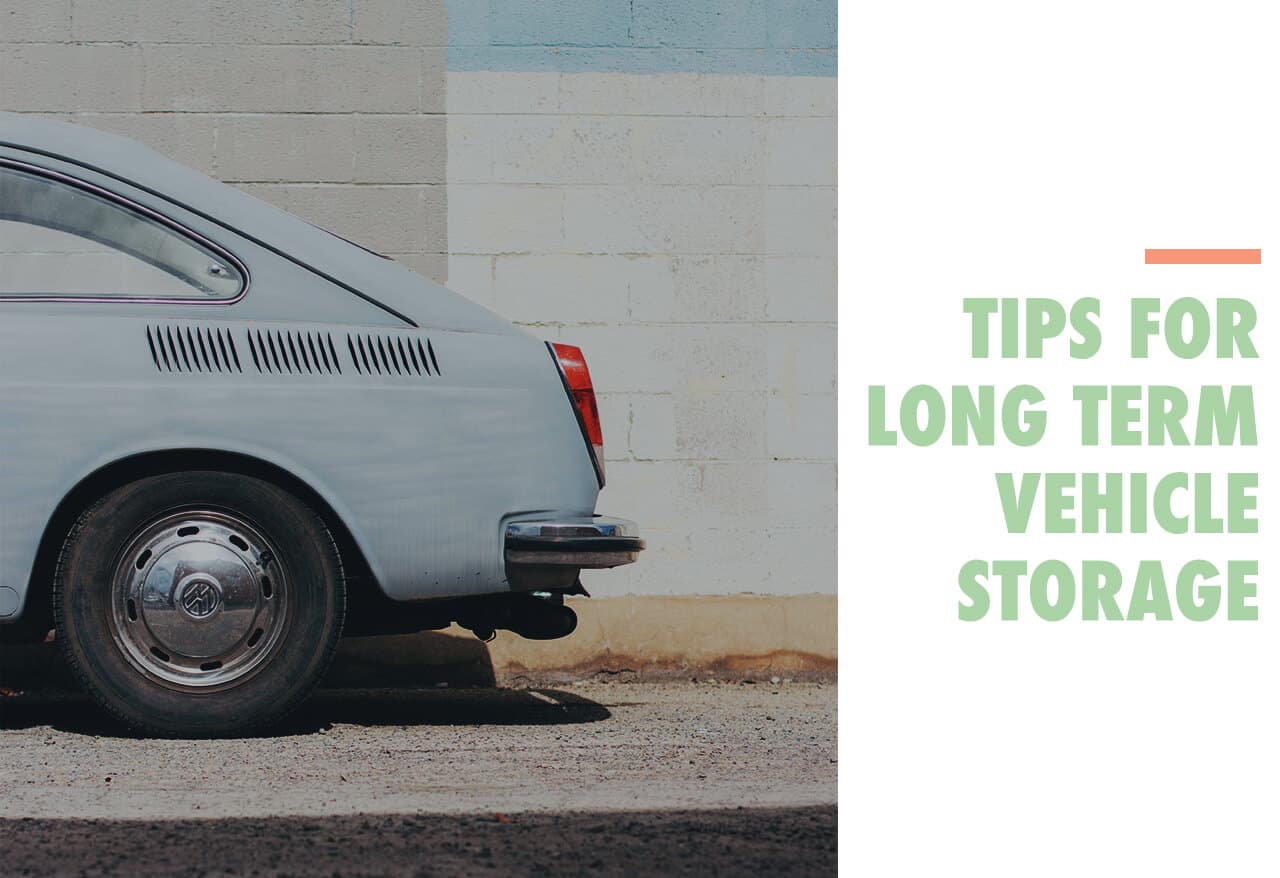
You might be going on a long trip out-of-the-country, or maybe you’re in the military, and you’ll be away on duty for a while. Or, if you live up North, it might just be impractical to ride around in a convertible in below-freezing temps. These are just some of the reasons why long-term vehicle storage may be needed. As for what constitutes “long-term storage,” the consensus among car experts is that anything longer than a month is long-term storage for a vehicle. Regardless of why you’ll be storing your vehicle, there are some steps you’ll need to take to get it ready.
You may not need a car cover if you’re going to keep your vehicle in an area that’s already covered. However, you may still want to cover it to minimize dust accumulation. If it’s going to be stored outside, then a covering is a must, preferably one that’s weatherproof. Before you cover your vehicle, clean and prep it by:
Oil and other lubricants can become acidic over time. Minimize your risk of having bad oil when you start your vehicle again by changing it before you store it. Polyolester oil is recommended because it clings to cylinder walls and provides added protection.
Filling your gas tank before you store it will keep the seals from drying out. A full tank will also prevent moisture from gathering on the inside. Minimize the risk of ethanol buildup with a fuel stabilizer, which will also protect your engine from rust.
Note: Fuel stabilizers only work for about a year. If you are going to store your vehicle longer than that, it’s best to drain the gas.
A car battery that remains unused will eventually lose its charge. Ask someone to start your vehicle every couple of weeks to prevent this from happening. They should let it run for about 15 minutes or so. This will also help keep your engine functioning properly. If it’s not possible to have someone start your vehicle periodically, consider:
Ideally, you want to store your vehicle in a location where it won’t be exposed to excessively low or high temperatures while it’s not being used. For most people, this means their garage. Storage facilities with enough space to comfortably hold your vehicle can also be a good location to keep a vehicle on a long-term basis. When it’s time to use your vehicle again, do a quick check under the hood for evidence of damage from rodents or other critters, check the tire pressure, and check the fluids. Finally, give it a good washing, and you should be good to go.
If you’re looking for a storage facility in St Louis, be sure to give us a call. Cheap Movers St. Louis works with moving and storage companies across the St. Louis metro area, to help you find the lowest rates on storage units and warehouses near you!